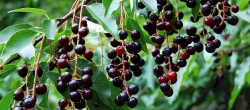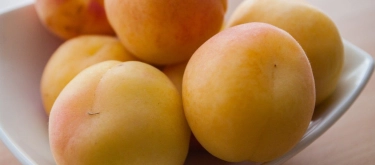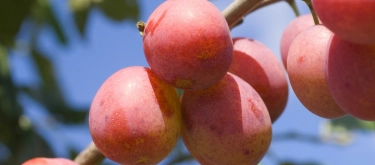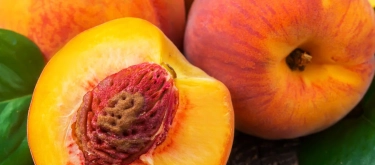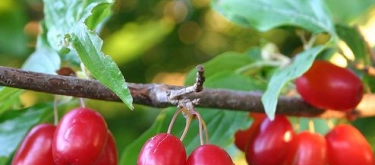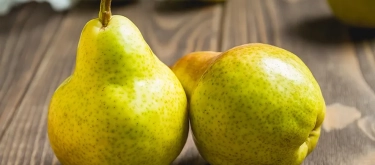Cherry: Taste Profile, Aroma, Benefits and Health Risks
Cherries, particularly the sweet varieties known as черешня in Russian, have long been celebrated for their vibrant color, exquisite flavor, and nutritional benefits. Originating from temperate regions of Eurasia, sweet cherries have become a global favorite—enjoyed fresh, in desserts, jams, beverages, and even savory dishes. Their cultural and culinary significance spans centuries, making them a beloved fruit worldwide.
Cherries are suitable for vegetarians, vegans, and gluten-free diets. While generally low in allergens, individuals with pollen or fruit sensitivities may experience mild reactions (Oral Allergy Syndrome). Due to their natural sugar content, moderation is advised for those managing blood sugar levels.
What does Cherry taste like?
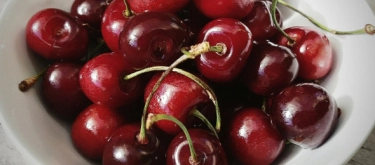
Complete Sensory Description
Taste
Sweet cherries deliver a beautifully balanced flavor that is both richly sweet and subtly tart. The initial burst is intensely sugary, reminiscent of natural honey and ripe berries, while a gentle acidity follows to provide a refreshing counterpoint. Underlying floral and almond-like hints add complexity, making the taste both indulgent and nuanced.
Aroma
Fresh cherries offer an enticing, fragrant aroma characterized by a blend of fruity, floral, and slightly nutty notes. The scent is vibrant and uplifting, with key volatile compounds such as benzaldehyde lending a delicate almond-like fragrance that enhances the overall sensory experience.
Texture
The flesh of sweet cherries is firm yet juicy, providing a crisp bite that yields a burst of nectar when chewed. The skin is smooth and glossy, contributing a slight resistance that contrasts pleasantly with the tender interior. The characteristic pit, while inedible, is surrounded by succulent, delicate flesh that epitomizes freshness.
Appearance
Sweet cherries are visually striking, typically exhibiting deep ruby to bright red hues with a glossy, smooth skin. Their round, compact shape and uniform size contribute to their aesthetic appeal. When halved, the vibrant red flesh contrasts with the light-colored pit, enhancing their presentation in culinary displays.
In-depth Flavor Analysis
At the molecular level, the flavor profile of sweet cherries is defined by a harmonious blend of natural sugars, organic acids, and aromatic compounds. The high fructose and glucose content creates an intense natural sweetness, while malic acid contributes a subtle tartness that enhances the overall flavor balance. Key volatile compounds—such as benzaldehyde, responsible for the almond-like nuances, and various esters like ethyl acetate—play a crucial role in developing the fruit’s distinctive aroma and flavor complexity.
Environmental factors, including soil quality, sunlight, and regional climate, further influence these biochemical pathways, leading to slight variations in taste intensity and aromatic profiles among different cherry cultivars. For instance, cherries grown in sun-rich areas tend to develop higher sugar concentrations and a more pronounced aroma, while those from cooler climates may exhibit sharper acidity and a fresher, more delicate flavor.
Varieties and Culinary Applications
Varieties
- Bing Cherries:
Dark, glossy, and intensely sweet with a balanced tartness; ideal for fresh eating and desserts. - Rainier Cherries:
Pale yellow to red, exceptionally sweet with mild acidity; prized for their delicate flavor and vibrant appearance. - Lapins Cherries:
Large, firm, and richly flavored; versatile for both fresh consumption and culinary processing.
Culinary Applications
- Fresh Consumption:
Enjoy sweet cherries as a standalone snack, in fruit salads, or as a refreshing addition to yogurt and cereals. - Desserts & Baked Goods:
Incorporate cherries into pies, tarts, cakes, and ice creams for a burst of natural sweetness and vibrant color. - Preserves & Sauces:
Use cherries to make jams, jellies, syrups, and compotes that capture their rich flavor for use in various dishes. - Beverages:
Blend into smoothies, cocktails, or juices for a refreshing, naturally sweet flavor. - Savory Dishes:
Add cherries as a unique accent to savory recipes such as salads, glazes for meats, or reductions paired with cheeses.
Selection and Storage
Selecting Quality Cherries
- Choose cherries that are plump, firm, and heavy for their size, with vibrant red or deep ruby skin.
- Avoid fruits with bruises, mold, or soft spots, which indicate overripeness or spoilage.
Storage Recommendations
- Store fresh cherries in the refrigerator at 2–4°C (35–39°F) in a breathable container to maintain their freshness and texture for up to 5–7 days.
- For longer storage, consider freezing cherries (pitted) in airtight containers for up to 3 months, preserving flavor and nutritional value.
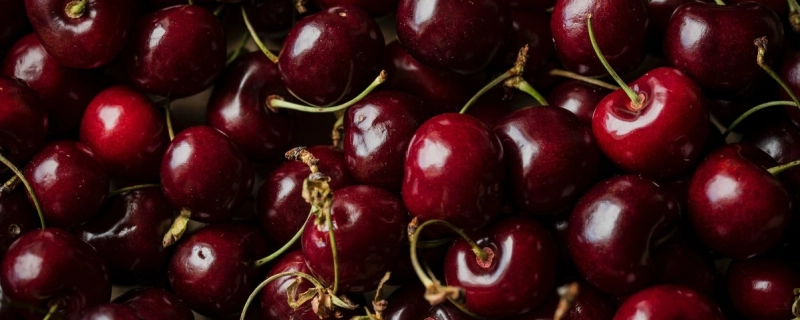
Nutritional Insights
- Antioxidant Powerhouse:
Cherries are rich in antioxidants, including anthocyanins and vitamin C, which help combat oxidative stress and support immune function. - Dietary Fiber:
High in fiber, cherries aid digestion, promote gut health, and contribute to satiety. - Anti-inflammatory Properties:
The bioactive compounds in cherries have been linked to reduced inflammation and potential benefits in managing arthritis and chronic pain. - Low Calorie:
Despite their natural sweetness, cherries are low in calories, making them an excellent choice for weight management and balanced diets.
Expert Insights & Culinary Tips
- Optimal Ripeness:
For the best flavor, consume cherries when they are fully ripe—plump and slightly soft at the stem. - Enhancing Flavor:
Pair cherries with complementary flavors such as almonds, vanilla, cinnamon, and a touch of lemon to accentuate their natural sweetness and balance acidity. - Cooking Techniques:
When baking or cooking, use gentle heat to preserve their delicate flavor and vibrant color. Overcooking may diminish their natural juiciness and aromatic compounds. - Creative Uses:
Consider pairing cherries with savory elements like prosciutto or goat cheese for unique, gourmet flavor combinations.
Interesting and Curious Facts
- Cherries have been cultivated since ancient times and were highly prized by the Romans for their flavor and medicinal properties.
- In many cultures, cherries symbolize prosperity, love, and good fortune, often featured in art, literature, and festive celebrations.
- Sweet cherries, particularly the Bing variety, are a major commercial crop in regions like the United States, Europe, and Asia, celebrated annually in festivals and contests.
Harm and Dietary Considerations
- Oral Allergy Syndrome:
Some individuals may experience mild allergic reactions (itchiness or swelling in the mouth) due to cross-reactivity with pollen. - Digestive Sensitivity:
Overconsumption may lead to digestive discomfort due to their high fiber content, so moderation is advisable, especially for those with sensitive stomachs. - Blood Sugar Considerations:
Despite being low-calorie, the natural sugars in cherries should be consumed in moderation by individuals managing diabetes or blood sugar levels.
Religious Dietary Considerations
Cherries are universally acceptable across major religious dietary traditions:
- Islam: Permissible (Halal).
- Judaism: Permissible (Kosher, Parve).
- Hinduism & Buddhism: Widely permissible; cherries are commonly enjoyed in various cultural and religious contexts.
- Christianity & Other Religions: No known dietary restrictions apply.
Final Thoughts & Sensory Journey
Cherries enchant with their vibrant sweetness, subtle tartness, and irresistible aromatic charm. Whether enjoyed fresh, baked into desserts, or transformed into delightful preserves, their complex flavor profile, nutritional benefits, and cultural symbolism make them a cherished fruit in kitchens worldwide. Their refined taste, combined with culinary versatility, ensures that cherries remain a timeless indulgence.
Resources
- McGee, H. (2004). On Food and Cooking: The Science and Lore of the Kitchen. Scribner.
- USDA FoodData Central (2023). Cherries: Nutritional Profile and Culinary Uses.
- Food and Agriculture Organization (FAO). (2021). Global Fruit Cultivation and Nutritional Insights.
